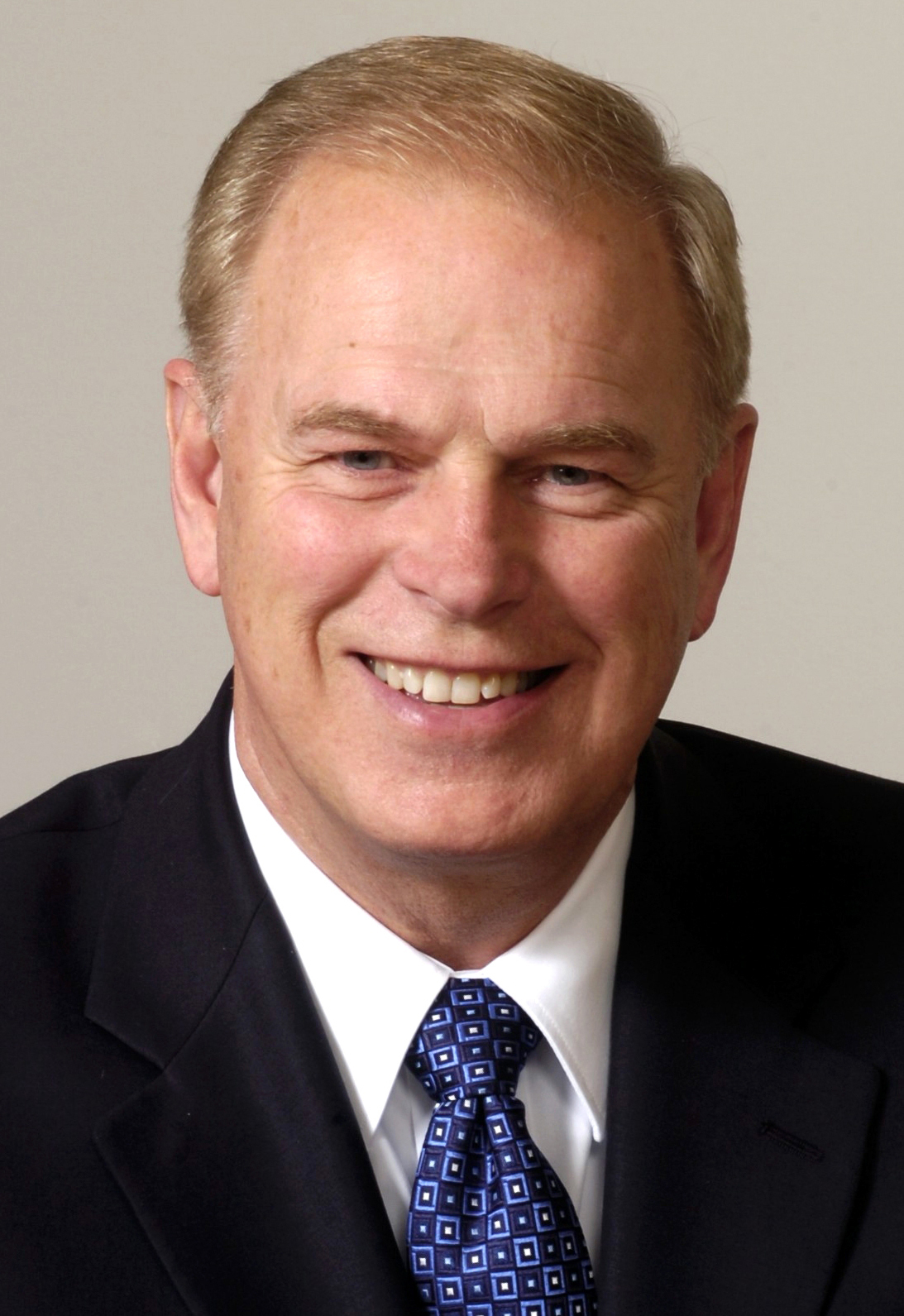By Daniel Downs
When the State benefits, public vice is okay. To get what they want, government leaders are ardent supporters vice that many studies show harms communities, wrecks families, and often destroys lives. For the easy money, Gov. Strickland and Ohio legislators have approved what Ohio voters rejected-slot machine gambling, according to the Columbus Dispatch.
Let’s hope voters remember this when they run for reelection.
The good news is Ohio lawmakers who voted against it intend to take the issue to the Supreme Court. Again, it’s a matter of politicians violating the Constitution, even though Gov. Strickland found found a convenient loophole to jump through.
That also means their is still hope that good creative solutions to solving the $3.2 billion budget deficit will be enacted. Marc Kilmer of the Buckeye Institute proposes ten ways to reform the state budget, which would also enable lawmakers to balance the budget. The following are his ten proposals.
1. Eliminate the Department of Development – a corporate welfare agency. It hasn’t helped Ohio’s economy and few would miss it if it were eliminated completely. Savings: $157 million over two years.
2. Move away from Medicaid institutional care. Unlike most other states, Ohio relies on expensive institutional care like nursing homes for its Medicaid recipients. Most recipients prefer cheaper alternatives like in-home care over nursing homes. Savings: $400 million per year.
3. Reform Medicaid Florida-Style. Medicaid offers low-quality, high-cost care and it takes up a large portion of the budget. Reforms enacted in Florida provide Ohio lawmakers an excellent roadmap for tackling this difficult issue. Savings: $1.5 billion per year.
4. Education funding should follow the student. If the state implemented a plan where the dollars followed students to whatever school they choose, it would lead to a better education for students as well as savings to the taxpayers. Savings: $500 million per year.
5. Eliminate the increases from Fiscal Year 2009’s level — Legislators gave some agencies an increase from last year. If these agencies’ funding was held at the same level as Fiscal Year 2009, it would save $343.6 million.
6. Increase state employee health insurance premiums. On average, state employees pay 15% of the premiums for health insurance. Their private sector colleagues pay roughly 20%. State employees should pay the same. Savings: $57 million over 2 years.
7. Eliminate non-vital agencies. The Ohio Arts Council, the Cultural Facilities Commission, the Commission on Minority Health, e-Tech Ohio, the Commission on Hispanic/Latino Affairs, and the Ohioana Library Association may serve certain special interest groups well, but in this budget crisis the services they provide are hardly vital. Savings: $111 million over 2 years.
8. Make users of government services shoulder the cost. The state park system’s millions of visitors each year can pay increased user fees. Savings: $70 million.
9. Don’t expand government health insurance to the middle class. In 2007 the governor and legislators of both parties expanded a government health insurance program to middle class children. The increase has yet to be implemented and should be permanently abandoned. Savings: $119 million over two years.
10. Eliminate some Medicaid services. If the state would stop paying for Medicaid recipients’ usage of chiropractors, hospice, and a few other services, the state could save $712 million over two years.
When the above saving are added it, the total amounts to $3.97 billion. Hey! that is more than the $3.2 billion. That violating the voters right to say to slot machine gambling isn’t necessary Gov. Strickland. It does means politicians wold have to show fiscal discipline and responsibility.
I still like the executive branch reorganization legislation that would save Ohio taxpayers around $2 billion this budget cycle.
Maybe it’s time Gov. Strickland and other liberal politicians obey the Constitutional and the people’s will. Better yet, why not resign and let someone more creative and responsible get the job done for the people.


